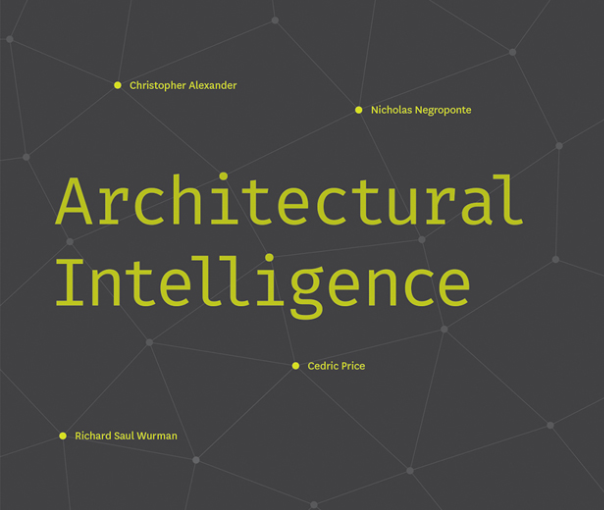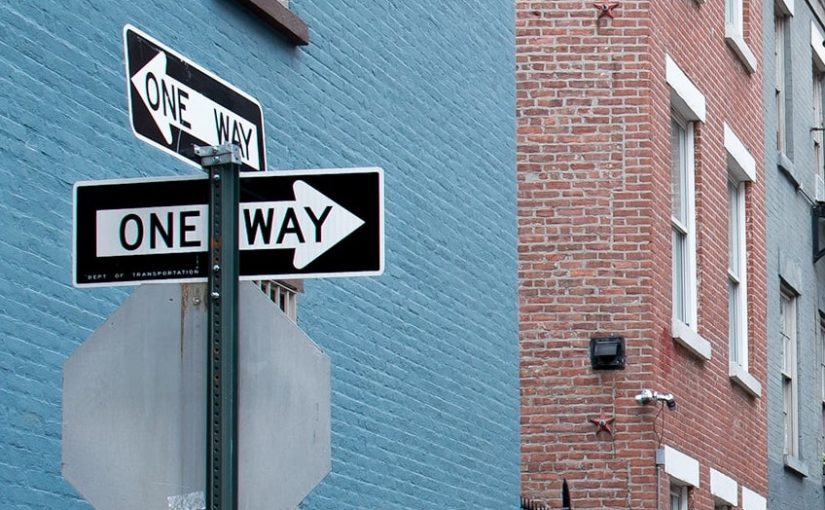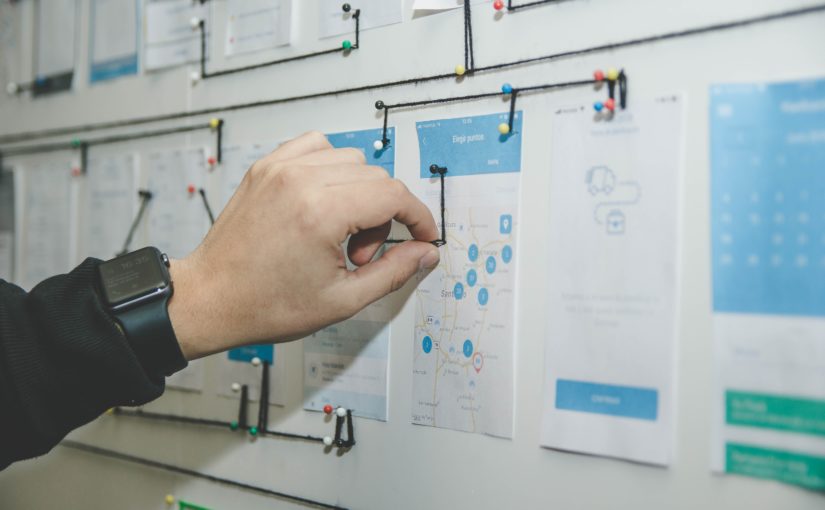Working as a full time in house employee definitely has its benefits; camaraderie, stability, and the support of a team are alluring aspects for many designers. Yet, it also has many drawbacks. If you’re frustrated with the politics, tired of endless meetings, or you just want creative freedom and increased income, contract work can be an appealing option. But how do you actually start freelancing?
Continue reading




